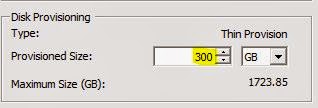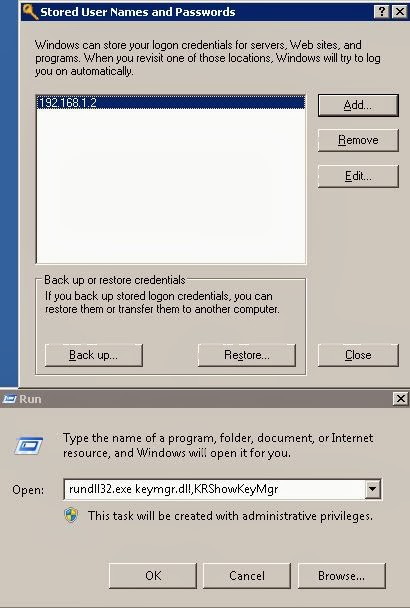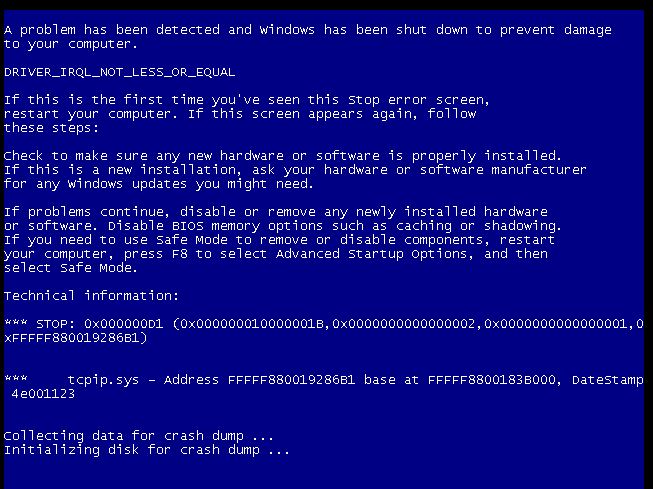Redirect HTTP to HTTPS in IIS 7
It is quite often that we host websites initially as HTTP sites in IIS and suddenly one day, the IT security geek comes and say that the website needs to be run in HTTPS. There are a few methods by which this could be achieved. The one method I'm gonna share with you in this blog is the redirection using URL Rewrite Module. This is an IIS module which will be available for download from this Microsoft site . Once installed, the plugin will be available under the options of a website.




